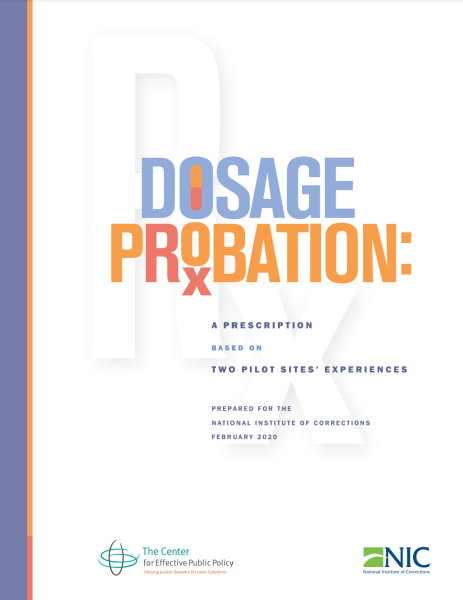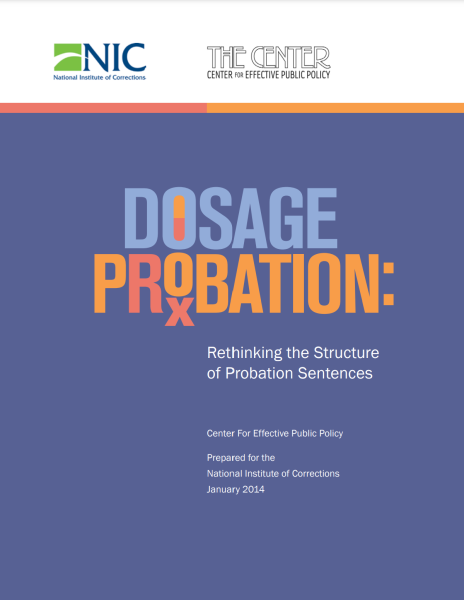Dosage Probation
Dosage Probation web_admin
Rethinking the Structure of Probation Sentences
Dosage Probation suggests that the length of supervision should be determined by the number of hours of intervention necessary to reduce risk, as opposed to a standard probation term of three, four, or five years. It motivates behavior change by providing an opportunity for the individual under supervision to receive early termination from probation if they successfully engage in risk-reduction interventions tailored to their criminogenic needs, in a "dose" matched to their risk level. For the supervising agency, it is an opportunity to manage scarce resources more efficiently.

“Dosage probation has dramatically increased our clients’ motivation to work with the criminal justice system. Probation officers report experiencing little or no resistance while working one on one with probationers. Our program providers report they are seeing our clients enter the first day of programming motivated and engaged."
Terry Thomas, Deputy Director, Washington County Community Corrections, Minnesota


